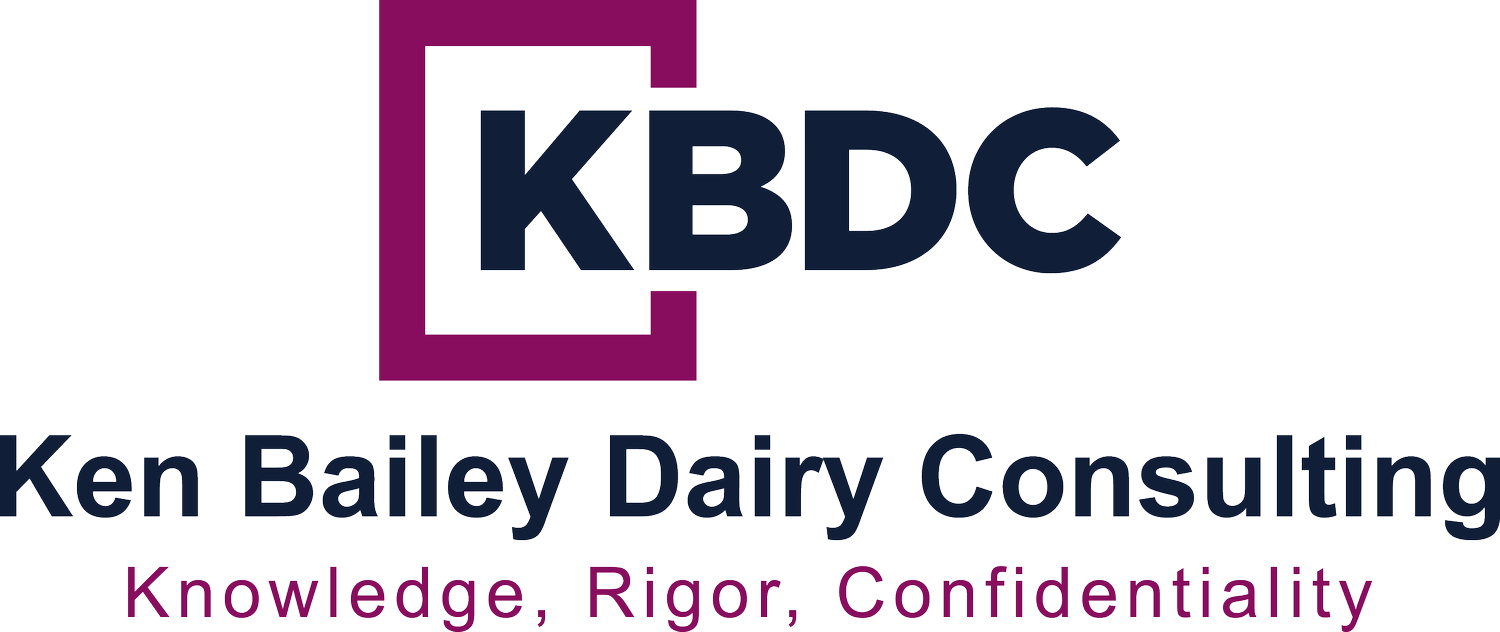prepare documentation before trading starts - week 9
November 7, 2022
Prior to any trading, senior leadership should meet with the risk policy committee and prepare documentation for all derivative trading. That way everyone is in agreement defining risk, the tools and brokers to be used, the commodities to be hedged, and the proper internal reporting. Everyone in the organization needs to be on the same page from day one.
The first document that needs to be completed is the company’s risk management policy. This document requires a detailed statement of the company’s hedging philosophy and risk tolerance. For example, at one extreme all decisions on how much and when to hedge must be taken away from the risk manager and assigned to a schedule. For example, for each quarter, hedge so much by this date. At the other extreme, hedging decisions could be entirely up to the risk manager and speculative trading could be encouraged. Either way, it should be spelled out on paper.
The hedging document should also detail the accepted hedging tools that can be employed (futures, options, swaps, forward contracts), the authorized commodities to be hedged, and the brokers and swap partners that are authorized. Also included would be a discussion of hedge accounting treatment for all positions, review of margin calls, position limits, marked-to-market treatment, and required VAR calculations.
Another important element of a risk policy is internal reporting. Who overseas whether the trades placed by the risk manager were accepted trades? Who books the trade on the position report? Who oversees the position limits and how often? And who funds the margin calls. All of this should be outlined in detail in the report.
In addition to the overall company risk policy, individual documents should be drafted for each class of commodity to be hedged. For example, if the company produces and sells whole milk powder, then a document should detail all aspects of hedging whole milk powder. What types of hedges are allowed? Just Class IV, or some defined combination of NFDM and butter contracts? Can the risk department use swaps to offset risk, or just CME futures? What about options? And again, what is the accounting treatment.
The main idea of developing proper documentation is to spell out all the details within the organization regarding who is responsible for what, and what commodities can be hedged and how. It’s bad policy, for example, for the risk manager to place the trades, report the trades on the internal accounting system, and to review the overall position report. It’s better to have checks and balances within the organization. That way there are no surprises when the market does what it does, move in the direction you least suspect it will!
